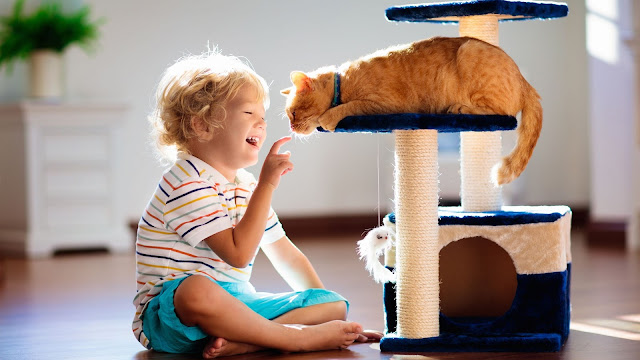The Art of Listening to Your Kids: A Gift of Love and Understanding

Introduction: In the hustle and bustle of our daily lives, it's easy to forget the importance of truly listening to our children. While it might seem like a simple task, effective listening is an art, a gift we can offer our kids to help them grow emotionally and feel valued. In this blog, we'll explore the significance of being present and truly hearing what your children have to say. Follow the Children's Park North (Daycare and Preschool in Rockwall )blog for the best parenting blogs. 1. Building Trust: When you listen actively to your children, you build trust. They learn that their thoughts and feelings are respected, which sets a strong foundation for an open, honest relationship. 2. Emotional Connection: Active listening fosters emotional connections. Your kids feel safe sharing their emotions, and in turn, you better understand their needs and concerns. 3. Problem Solving: Listening is essential for effective problem solving. When you understand your child's ...





